One of my favourite campaigns of recent years was the Elephant Parade in London in 2010. It sought to raise the profile of the plight of the Asian elephant, and the destruction of their environment.
It was innovative, not just in the way it harnessed art as tactic in the PR practitioner’s reportoire, but it was thoughtful in how it correctly recognised that if it had any chance of success, it must increase the audience’s level of involvement with the campaign, rather than just ‘turning up the volume’.
It did this in two particular ways. The first was by exploiting the interest of children, laying on painting workshops for them and their parents. By getting their hands dirty with paint, and creating their own ‘collateral’, this guaranteed that when the issue was next raised, these ‘fans’ would be more likely to be supporters (and have a greater level of understanding of the issues).
The second was to engage artists and celebrities to design their own elephants, which, after appearing in random locations around the capital, would be auctioned off at a VIP auction to raise funds for the cause. In this way, an army of active opinion-formers were recruited to the cause, loyal because of their level of engagement too, in which they could take some level of pride.
Without such an approach, ‘involvement’ would have been less, and levels of support for a far-off cause less enduring.
The campaign was also endearing in how it sought to capture the attention of the public, and the media at large. Rather than going for the more traditional ‘stunt’, or a lavish press conference featuring a ‘star’ from ‘Made in Chelsea’ or equivalent, organisers let the public find the painted elephants for themselves.
One morning, listeners to phone-in shows started to call in, reporting their appearance, as if by magic. Through ‘word-of-mouth’ speculation was under starter’s orders. By the following day, the media was full of photos and reports, and hordes of families and tourists in particular were ticking off lists of elephants that they wanted to find for themselves on the trail.
If I’m honest with myself, although strategy has to come first in public relations, I will always be a tactics girl. I get a personal thrill and apply academic conceptual relish in discovering new, and ever more effective PR tactics. I do not mean inauthentic, ‘shouty’ stunts of old, but anything that really works – whatever that can be shown to mean. Usually, when it comes to that search, there is nothing more soul destroying that upturning a pale-imitation that betrays a lack of imagination.
At first sight, that is what I thought I had discovered last week when I heard the story of the painted donkeys – “what have they done to my elephants?”, I thought. But on closer examination, I realised that this was another example of a similar use of the techniques deployed, arguably with greater authenticity and depth, if not exposure.
The CARAVAN Exhibition seeks to communicate the message of tolerance between Christianity and Islam, and similarly commissioned a range of artists to paint an animal. It is sponsored by the Embassy of Switzerland and supported by the British Council, and arrived at St Paul’s after transferring from the streets of Cairo! A fabulous campaign. The organisers may not describe it as PR, but it is, and I salute them.
The search continues for the next innovation in PR tactics. Anything might have its uses. We’ve seen media, photography, events, sponsorship – I could go on for some time. More recently, we’ve had a wide range of arts, even baking.
My top tip came as a eureka moment listening to a BBC radio documentary in the last week on Citizen Science.
The feature was highlighting the story of a project engaging locals on Montserrat to fly kites with cameras tied on to them over the crater of a volcano to make important readings. A great example of story-telling, and captivating for media relations, but it was also a gateway to other recent examples, such as the RSPB’s Big Garden Birdwatch, and a project looking to save trees from disease in Norfolk.
While such projects might not yet have the glamour of art, they have that vital ingredient of offering a genuine way for someone to get involved, and feel they can make a real difference. If a PR campaign could offer that, it is well on the way to success. With social media offering more ways of the public to report data finds, and their smart-phones offering a ready made data recorder of so many varieties, my money is on a lab coat, rather than another painted animal as the next big thing in PR.


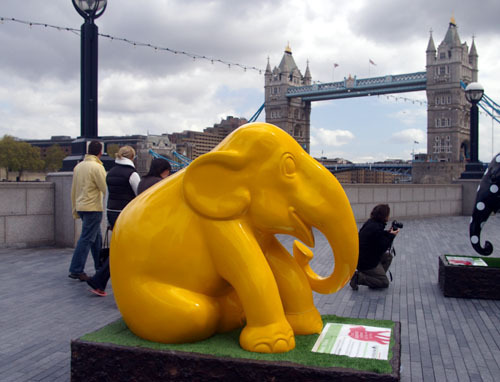
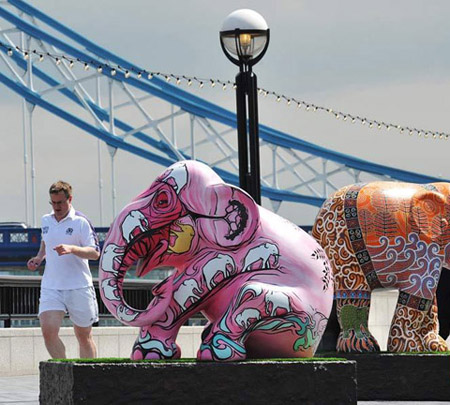
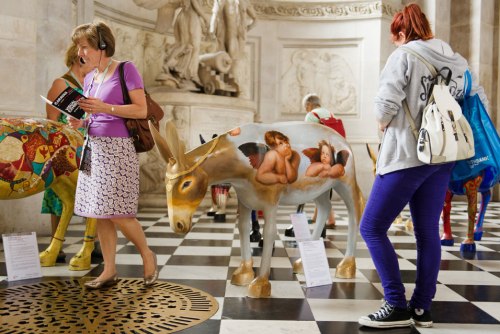
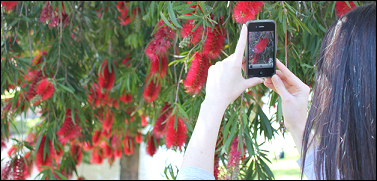
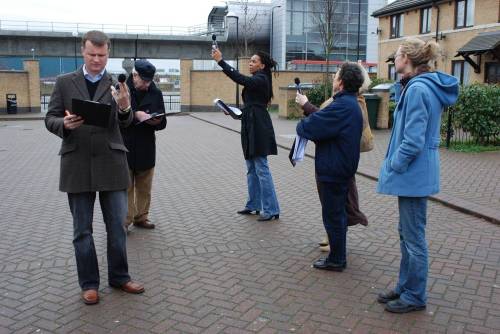
Living in London I absolutely loved the Elephant Parade – they were all over the place and really got people talking.
A few years earlier there was a similar thing with cows!
It was something liked by those ‘into art’ but importantly those who thought ‘modern art’ is rubbish!
I think the Elephant Parade is a great campaign, very creative and well thought.
I remember when you talked about it in class and explained why it was so popular and how it got so many people involved.
In my opinion this is pure PR and I love it.